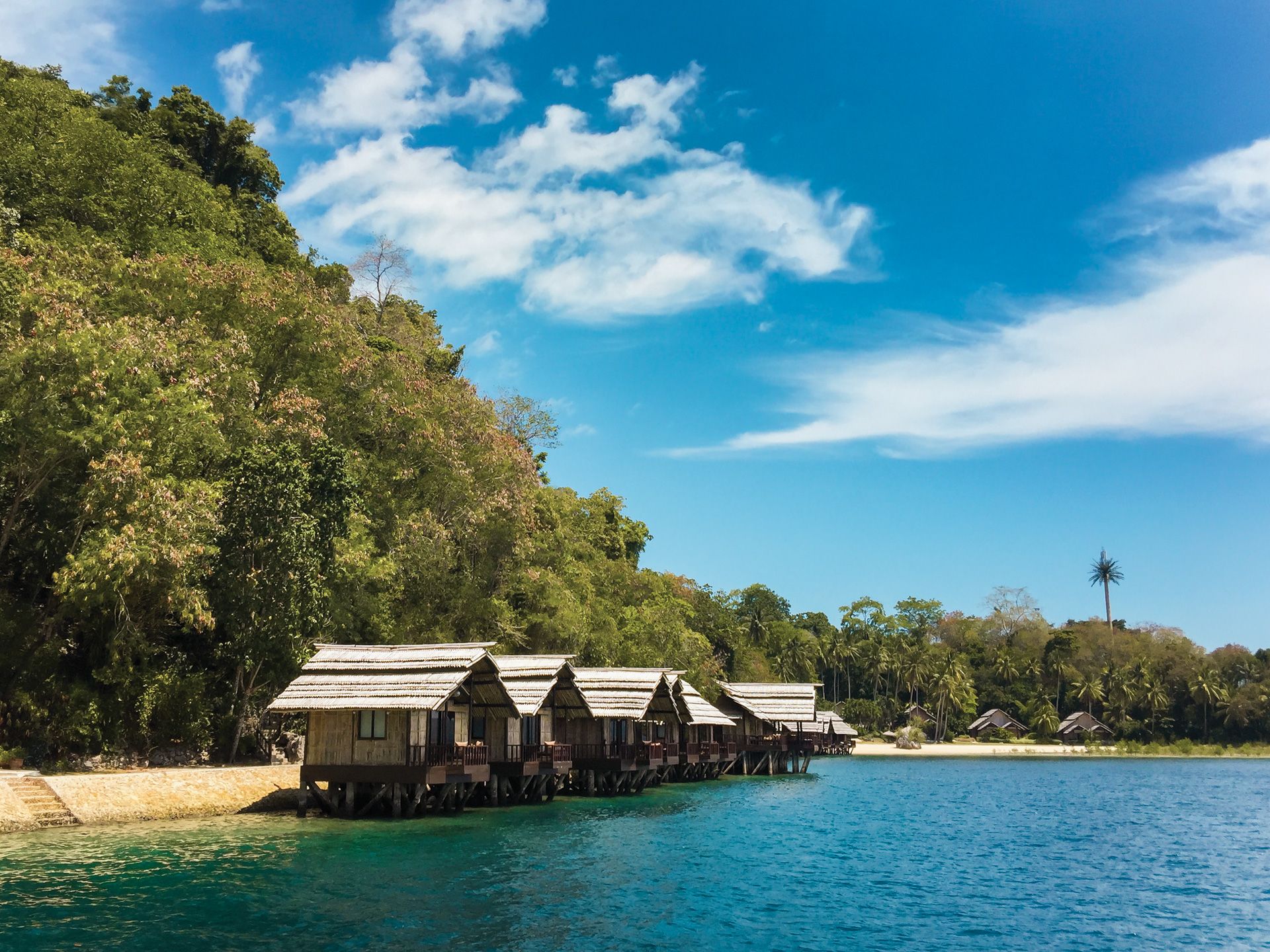Nestled in a quiet cove along the western contours of the Island Garden City of Samal, Pearl Farm Beach Resort is an idyllic spot for a weekend getaway

Once home to a real pearl that actively produced white, gold, and pink cultured pearls, until it was converted into an upscale family-owned resort, Pearl Farm Beach Resort is now a go-to destination for those who wish to escape the hustle and bustle of the city. Just an hour and a half away flight from Manila and a short boat ride from the Davao mainland, and you are off to a seaside paradise.
From planning to conceptualisation, Don Antonio Floirendo Snr, had created a sprawling 23-hectare resort that pays homage to the culture, arts, and skills of the Mindanaoan native tribes. “When my father built this, it was just a small family resort with a marine sanctuary in front. Through the years we realised we wanted more people to come here and feel that they are in Mindanao and not anywhere else. This is also the reason why we showcase the works of the tribes from Mindanao here,” shares Maricris Floirendo Brias, one of the six siblings of the clan that owns and manages Pearl Farm Beach Resort.

The acclaimed Filipino architect, Francisco “Bobby” Mañosa, designed the resort’s original master plan. A perfect fit, Bobby, who is a good friend of the Floirendos, is known for using natural elements and materials in his creations—exactly how the Floirendo family envisioned the resort to be.
From only a few hilltop rooms made of bamboo and wood in 1991, the resort eventually expanded to accommodate the Maranao restaurant, as well as the Samal
Houses and Suites, and in 1996, the Mandaya Houses on the other end of the cove and the private Malipano Villas in a secluded island right across the resort. “The Mandayas are from the highlands of Davao del Norte. They are inland dwellers so that’s the name we gave for the houses in the resort that we built inland,” Maricris explains. “The houses on stilts are called Samal house because the Samals, the seafaring tribe of the Sulu archipelago, really live on the water,” she adds.

In 2013, the family decided to embark on a major revamp of the entire resort with the help of Bobby’s youngest son, the architect Angelo Mañosa. “Bobby used all native materials for his architectural [projects] including this resort, and when we thought of the renovation, we couldn’t think of anyone else to take over but his son, Angelo,” says Maricris. The renovation initially involved updating of the Mandaya Houses, and a year after, of the front office, Maranao restaurant, Samal Houses and Suites, and partially, of the Balay Houses. “Our plan is to finish the renovation of the Balay [also known as Hilltop] Houses, and hopefully to build a spa this year,” says Mikel Villaverde, the resort’s General Manager. “The theme will still stay true to the original ‘soul’ of the resort, which promotes the best of Philippine design to the world,” says Angelo.

Maricris and her design team took charge of refreshing the resort’s look. According to her, the exteriors of the current structures were largely preserved but the renovation focused mainly on updating the interiors and furnishings. “We wanted to use the same theme, natural and very Mindanao-inspired, only more contemporary,” she shares. Maricris’ involvement in the design of the family-owned resort fuelled her interest in the preservation and restoration of Mindanao’s cultural heritage. She continuously sources indigenous products from around Mindanao in furnishing the resort.
As for the interiors of the houses and suites, each unit radiates the distinct characteristics of the respective tribes. For instance, at the Mandaya Houses, each has a panel that features woven cloth called dagmay—something that only the Mandayas can do. For generations, the Mandayas have woven cloth from abaca fibre, which are also dyed naturally through k’nalum, turmeric, annatto, and other organic materials. For the two-storey Samal Suites, the walls on the second floor are clad with charming handmade banana paper with patterns that complement the ikat designs on the pillows and bed runners, which are all designed by Maricris.

The front desk building is totally new. Maricris has collaborated with the paper artist and product designer, Tes Pasola, to come up with Maranao-inspired walls, which is the focal point of the building. “It’s a Maranao okir design,” Maricris says. Okir features geometric and flowing designs that are often based on elaborate leaf and vine patterns. This design can also be seen in between the beams of the Maranao, the resort’s signature dining outlet. In the same restaurant are striking lighting fixtures resembling the organic form of salabay (jellyfish) by the award-winning furniture and accessories designer, Renato Vidal.
Recent improvements include a bar and grill outlet in the Mandaya area, a mini gym, and a game room. Huts were built around the Maranao’s pool deck to blend with the tribal theme. “In addition, the Mandaya pool now uses a low chlorination system. We also added an air-conditioned area in the iconic parola bar in preparation for those breezeless, humid days,” says Villaverde.

Moving forward, Maricris and her brother, Ricardo Floirendo, together with Angelo, are spearheading the design and conceptualisation of the resort’s expansion, which will include a new restaurant, additional hotel rooms, an events centre, and a building that will house a coffee shop and a boutique. “We are also designing a new hotel building, which will carry the same vernacular Filipino theme. Each room will boast a spectacular view,” Angelo adds.
Through the years Pearl Farm Beach Resort has served as a platform to showcase the world-class craftsmanship and rich culture of the tribes from Mindanao. It continues to fulfill this vision today and in the years to come.
Photography Pia Puno | Production Mia Borromeo
